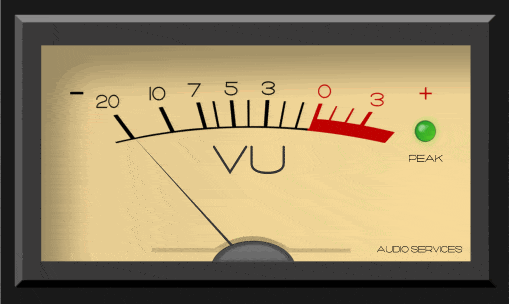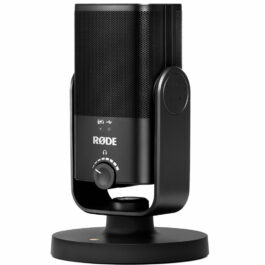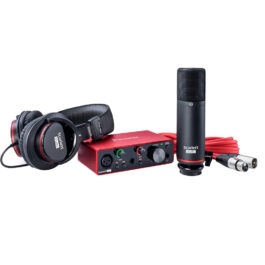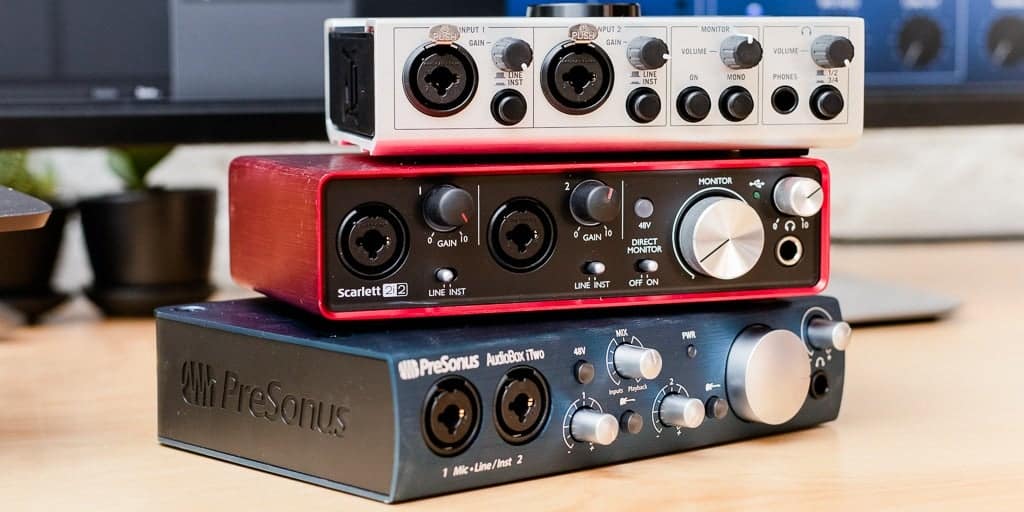
Yet another topic that can be confusing or intimidating when first jumping into the world of recording is gain. ‘What is it?’, ‘How do you use it?’, ‘How does it differ from volume?’ are all pertinent questions that go through everyone’s minds when first getting to grips with the concept.
What is Volume?
Volume is, of course, the term most people are familiar with, as it’s the control seen on consumer devices of all types. In it’s simplest form, volume is a level controller, specifically an output level controller. In other words, volume usually found at the end of a given system, after all other audio processing has taken place.
What is Gain?
Gain, on the other hand, is an input level controller, meaning it it usually found at the beginning of a given system, setting the decibel level that will be let into said system.

How Are They Used?
In the context of recording in studio or mixing in a live context, gain and volume are best thought of in a linear progression (ie: gain first, volume second).
Take a microphone for example; once plugged into your system (mixing desk, audio interface etc.) the first thing the signal will encounter is the gain controller. It is at this stage that you will use gain for it’s primary purpose; adjusting the level of the sound before it is processed, as this will have a major impact on the way the audio is processed and what it sounds like on the other end. If the signal level is too high, you could encounter an unpleasant distortion, and if the signal is too low you may end up with a noisy signal down the line.
After processing (EQ, Compression etc.) your signal will encounter the Volume control. Volume does not affect the sound of your audio signal, so you are able to use volume to simply mix each channel or piece of audio together to your taste.
If your gain is too low, you can compensate with volume, but you may encounter noise or hiss, and if your gain is too high, you can also compensate with volume, but you may encounter unpleasant distortion.
Taking a step back, and looking at the full picture, it’s easiest to look at gain as a control of sound (what your audio signal actually comes out sounding like) and volume as a control of mix (how loud each element or channel is in your mix) . Get the balance right from the start, and you’re guaranteed hassle free recording and mixing sessions.
Shop recording gear today...
-
Clearance Sale
- Studio & Recording, Studio Bundle, Audio Interfaces, Clearance Sale
Focusrite Scarlett Solo Studio Pack – 3rd Gen
-
R5,699R5,599FREE DELIVERY - Select options
-
- Studio & Recording, Studio Accessories
Roland UM-ONE MkII USB MIDI Interface
-
R1,395R975FREE DELIVERY - Select options
-
- Studio & Recording, Audio Interfaces, Content Creation, Audio Interfaces
M-Audio M-Track Duo USB Audio Interface
-
R1,599R1,407FREE DELIVERY - Select options












